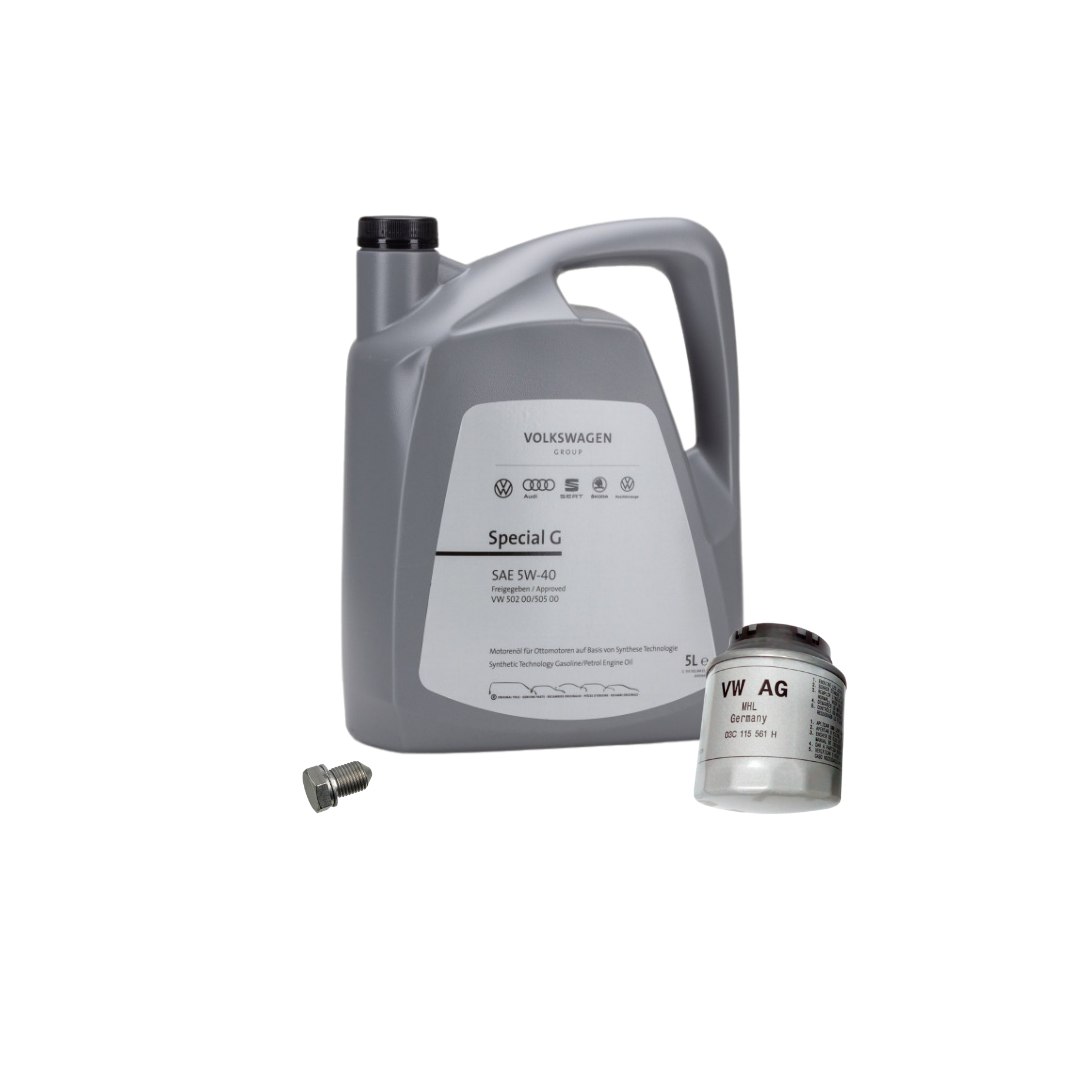Maintain long-term reliability with the right clp engine.
Maintain long-term reliability with the right clp engine.
Blog Article
Just How a Clp Engine Can Boost Performance in Numerous Industries
The introduction of CLP engines marks a substantial change in functional performance across numerous fields, driven by their capability to optimize gas intake and reduce downtime. As companies progressively focus on sustainability alongside efficiency, the duty of CLP engines ends up being also extra critical.
Introduction of CLP Engines
CLP engines, or Constant Fluid Propellant engines, stand for a considerable improvement in propulsion technology, specifically for room applications. These engines utilize a continual feed system that permits the continual expulsion of propellant, bring about enhanced effectiveness and performance compared to typical strong or hybrid propulsion systems. By keeping a constant flow of fluid propellant, CLP engines can achieve much more specific thrust control, which is vital for steering spacecraft in numerous goal scenarios.
The layout of CLP engines incorporates innovative materials and ingenious gas monitoring systems. clp engine. This causes lowered weight and enhanced dependability, crucial elements for long-duration area objectives. The constant operation lessens the threat of burning instability, an usual difficulty in traditional rocket engines.

Benefits in Production
The manufacturing of Constant Liquid Propellant (CLP) engines provides several notable advantages that enhance both efficiency and cost-effectiveness. Among the main benefits is the streamlined manufacturing procedure, which lowers the intricacy connected with standard propulsion systems. By making use of fluid propellant, makers can accomplish higher precision in engine efficiency, bring about enhanced power output and decreased waste.
Furthermore, CLP engines facilitate a higher level of modularity, permitting less complicated combination into numerous manufacturing lines. This adaptability can significantly decrease lead times and boost general operational adaptability. The use of CLP innovation additionally often tends to reduce the need for considerable upkeep because of fewer moving parts, which converts right into minimized downtime and operational costs.

Applications in Logistics
Leveraging Continual Fluid Propellant (CLP) engines in logistics supplies significant advantages in functional effectiveness and reliability. These engines give a robust option for numerous transportation demands, allowing the seamless activity of goods throughout large distances. The inherent layout of CLP engines enables constant power outcome, which equates into smoother and extra foreseeable transportation schedules.
One top article of the crucial applications of CLP engines in logistics remains in heavy-duty products transportation, where they can drive both ground and aerial vehicles. Their ability to keep high efficiency under varying lots problems makes sure that shipment timelines are fulfilled, therefore improving client satisfaction. Additionally, CLP engines can be incorporated right into automated logistics systems, promoting real-time tracking and optimizing course planning.
Moreover, the resilience of CLP engines lowers upkeep downtime, allowing logistics firms to maximize their functional abilities. This is particularly valuable in warehousing procedures, where efficiency in managing and carrying goods is click to find out more essential. As logistics remains to develop, the integration of CLP engines stands for a forward-thinking technique that not only boosts efficiency however also sustains the market's expanding needs for dependability and speed.
Effect on Power Performance
Exactly How do Continuous Fluid Propellant (CLP) engines enhance power effectiveness in transportation? CLP engines make use of a regular flow of liquid gas, optimizing burning processes and keeping a stable drive output. This style decreases energy losses linked with conventional burning engines, where fuel shipment can vary and bring about inadequacies.
The constant operation of CLP engines permits an extra efficient thermal cycle, causing higher particular impulse contrasted to conventional engines. clp engine. This equates to lowered fuel intake for the same amount of job done, considerably decreasing operational expenses throughout numerous transportation industries, consisting of aeronautics and maritime sectors
Furthermore, the capability of CLP engines to keep optimum performance under varying lots conditions reduces the requirement for regular velocity and slowdown, even more improving fuel performance. Boosted energy effectiveness not only adds to set you back savings however likewise causes reduce greenhouse gas exhausts, straightening with international sustainability objectives.
Future Trends and Innovations
Arising improvements in Constant Liquid Propellant (CLP) engine innovation pledge to reinvent the landscape of transport performance and sustainability. As markets pivot towards greener options, CLP engines stand at the leading edge, incorporating ingenious materials and design approaches that improve performance while lessening ecological influence.
Among one of the most encouraging fads is the fostering of crossbreed systems that incorporate CLP engines with renewable resource resources. This synergy can optimize gas consumption and lower discharges, lining up with global sustainability goals. Additionally, innovations in computational liquid dynamics (CFD) are page assisting in the style of more aerodynamically efficient engines, bring about lowered drag and improved gas efficiency.
Moreover, the development of wise monitoring systems is set to boost functional efficiencies. These systems leverage data analytics and IoT modern technology to optimize engine efficiency in real-time, ensuring that the engines operate within their most reliable parameters.
As research study proceeds to explore alternate propellant solutions-- such as biofuels and synthetic fuels-- the future of CLP engines looks encouraging. By harnessing these advancements, sectors can not only enhance their effectiveness however also add considerably to a cleaner, a lot more lasting future in transportation.
Verdict
In final thought, CLP engines stand for a significant improvement in performance across several sectors. The integration of sophisticated products and less relocating parts lessens upkeep needs, while placement with sustainability goals positions CLP engines as a critical technology for the future.
Report this page